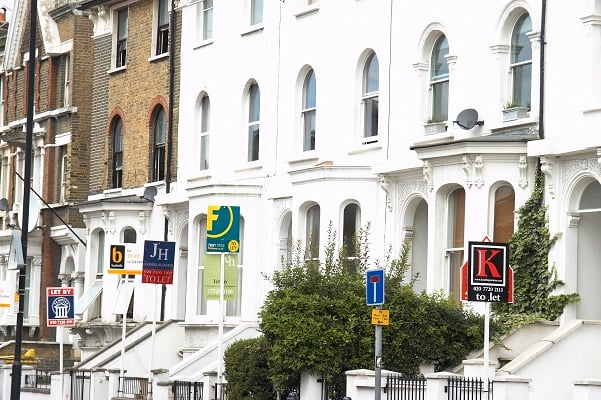The Times recently published research from Savills, highlighting why it no longer pays to be a landlord. However, Marc von Grundherr, Director of London Lettings and Estate Agent, Benham and Reeves, disagrees. Here are his thoughts on the state of the Buy-to-Let sector today.
In recent years UK landlords have been bashed by government policy. They have been seen as ‘fair game’ in a political war that seeks to attract tenants as voters at the expense of those investing in the private rental sector.
There is a certain irony to this approach given that around 1.1m tenants in the PRS receive some form of housing benefit and therefore those landlords that own these properties are, in effect, providing an element of social housing that the government has not.
In a flurry of attacks, various Chancellors have removed tax relief, increased capital gains tax, added stamp duty costs, granted amnesty to non-paying tenants during covid, clogged up the court system to the detriment of repossessions and then sought, now unsuccessfully, to prevent landlords from taking possession of their properties at all by way of the failed Renter Reform Act.
This is all in addition to the hike in interest rates that has led to buy-to-let mortgage costs being significantly higher than they have been for a number of years.
Property investors have every right to feel downtrodden.
But, being a landlord is still lucrative in spite of Whitehall’s attempts to dampen the sector.
Let’s look at some of the facts.
- Not every landlord has a mortgage, in fact more than a third (38%) do not. Therefore increased interest rates affect some, but not all.
- At 5.25%, the Bank of England base rate is not high by historical standards. The average rate over the last 100 years has been 5.25%. The majority of landlords are experienced enough to know this and so current borrowing rates are more ‘normal’ than ‘high’.
- House prices have increased by 54% in the past decade and by 152% since 2000. That’s +6% per annum in the latter case, a more than decent return. PS: Inflation has run at an estimated average of 4% for the past 5 years, and so property outperforms it.
- Rents are up 31% since 2014, an annual increase of 3%. Not to mention tenant demand is higher than ever.
- The number of new homes built are lagging way behind demand. The annual deficit is around 100,000 homes resulting in a ‘product’ that is at its most scarce in relative terms than ever before.
- Alan Sugar, Donald Trump, the Duke of Westminster, Ellen DeGeneres, Jeremy Renner, Arnold Schwazernegger, Robbie Fowler… famous names that have all made their fortunes through property, not just the business that they are better known for.
Capital appreciation, higher rents, lack of supply and heavy demand from a population that is growing by around 1m people each year. These are all huge positives.
But the real gravy for landlords is that their rental yields are far higher than the statistics show.
Why? Because traditional analysis looks at yield as ‘the annual rent vs the value of the property today’ whereas many, many landlords have owned and held their portfolios for years and therefore today’s higher rents as a percentage of the original purchase price show ACTUAL yields at a far higher level.
Fact: Most landlords have been such for 10 years or more – and so a 5% annual yield today is actually 7% if the property has been owned since 2014 as most have.
Reasons to be cheerful? Against a backdrop of negativity in the sector, I rather think so.






Leave a Comment